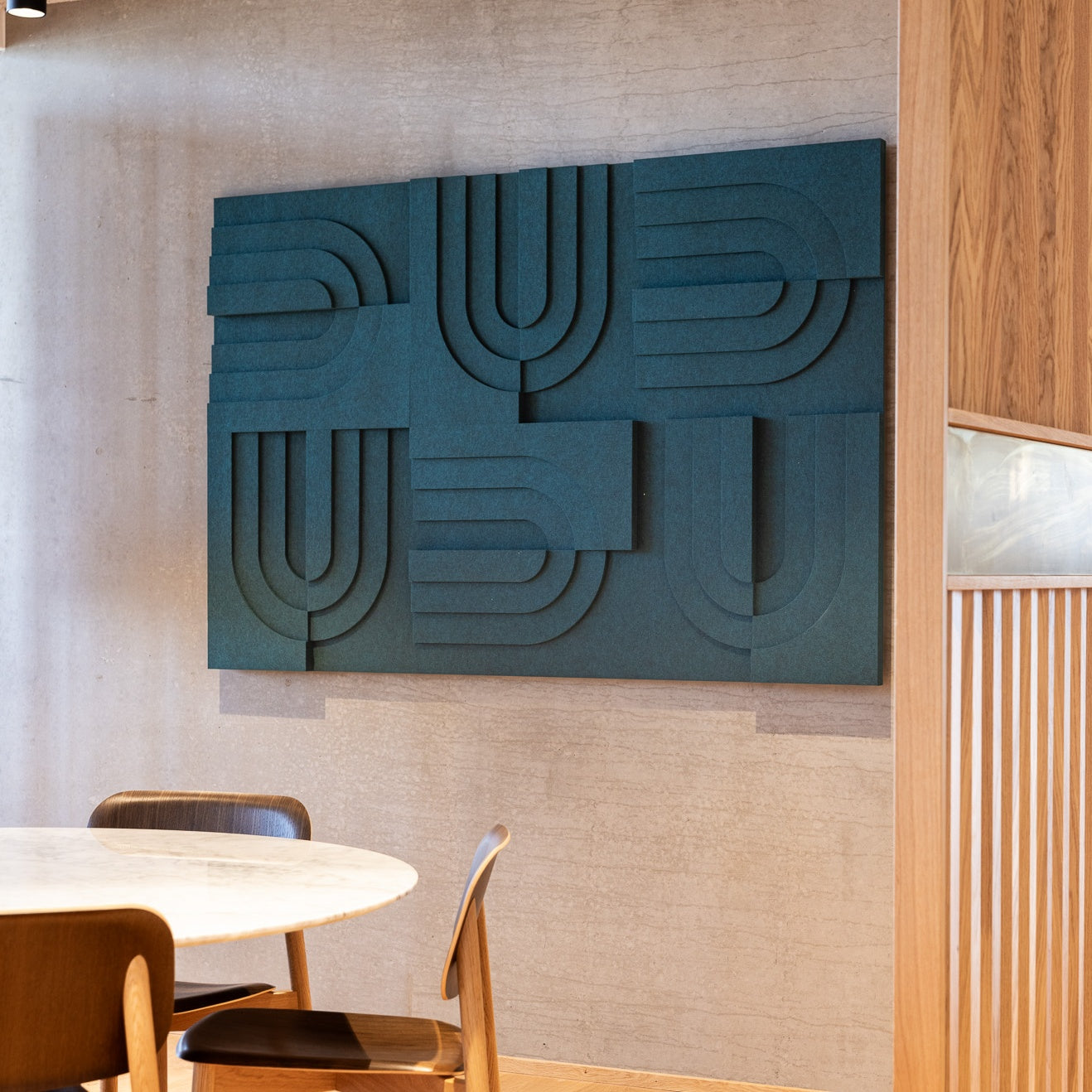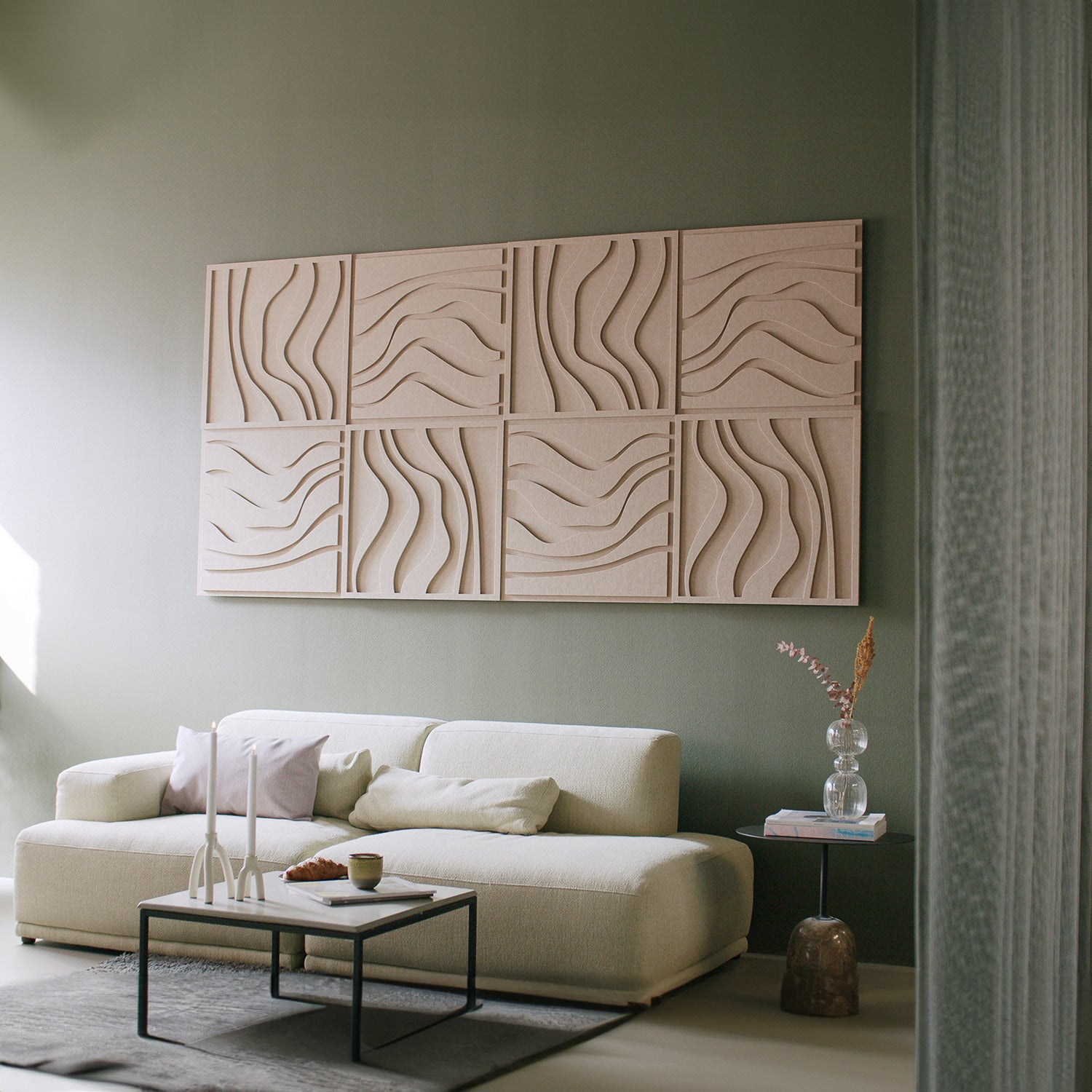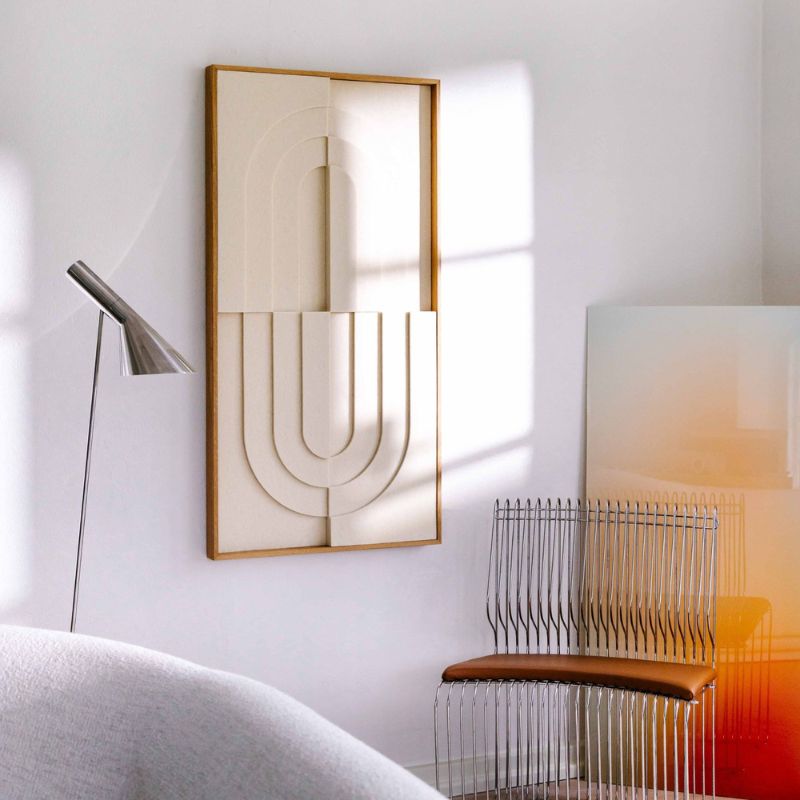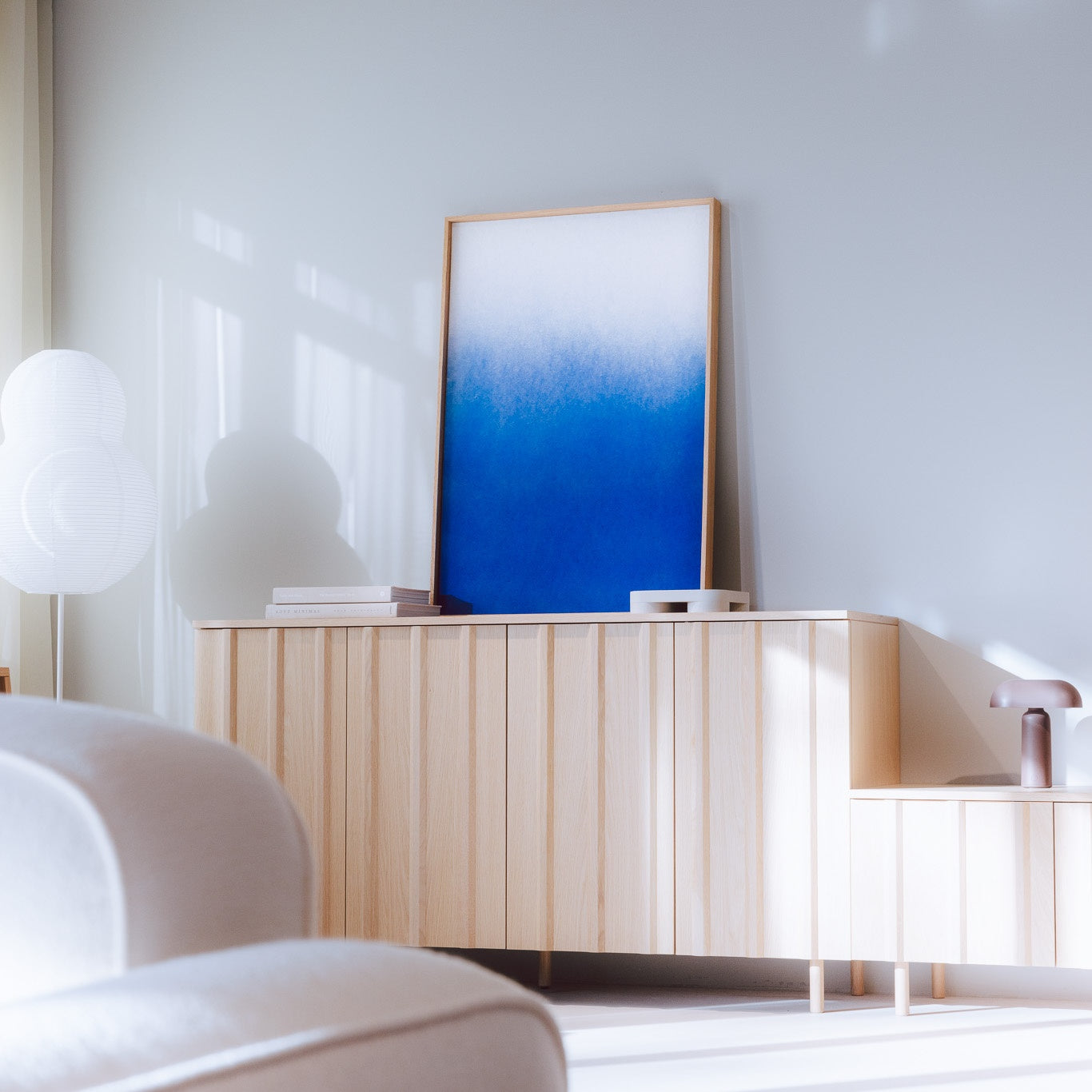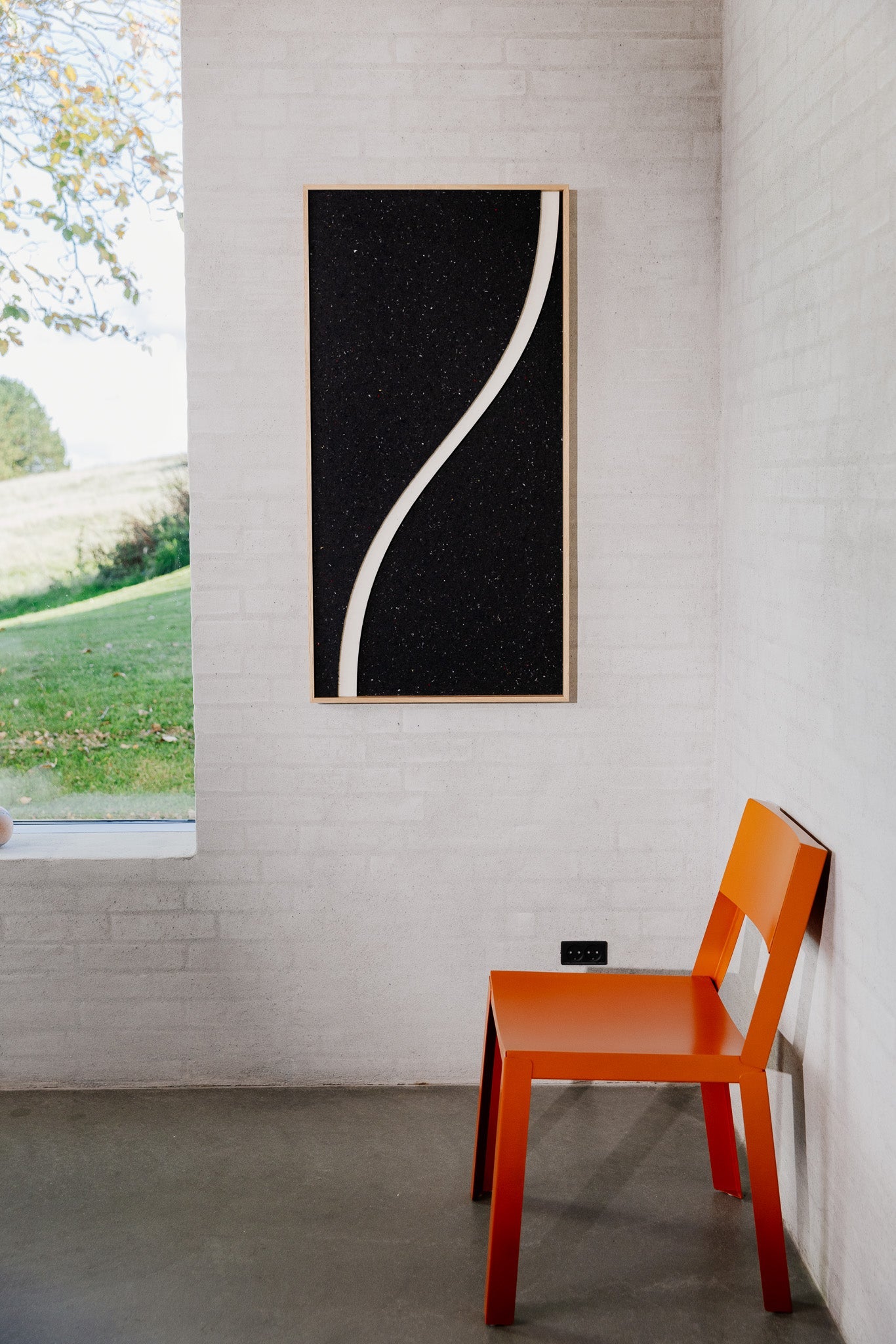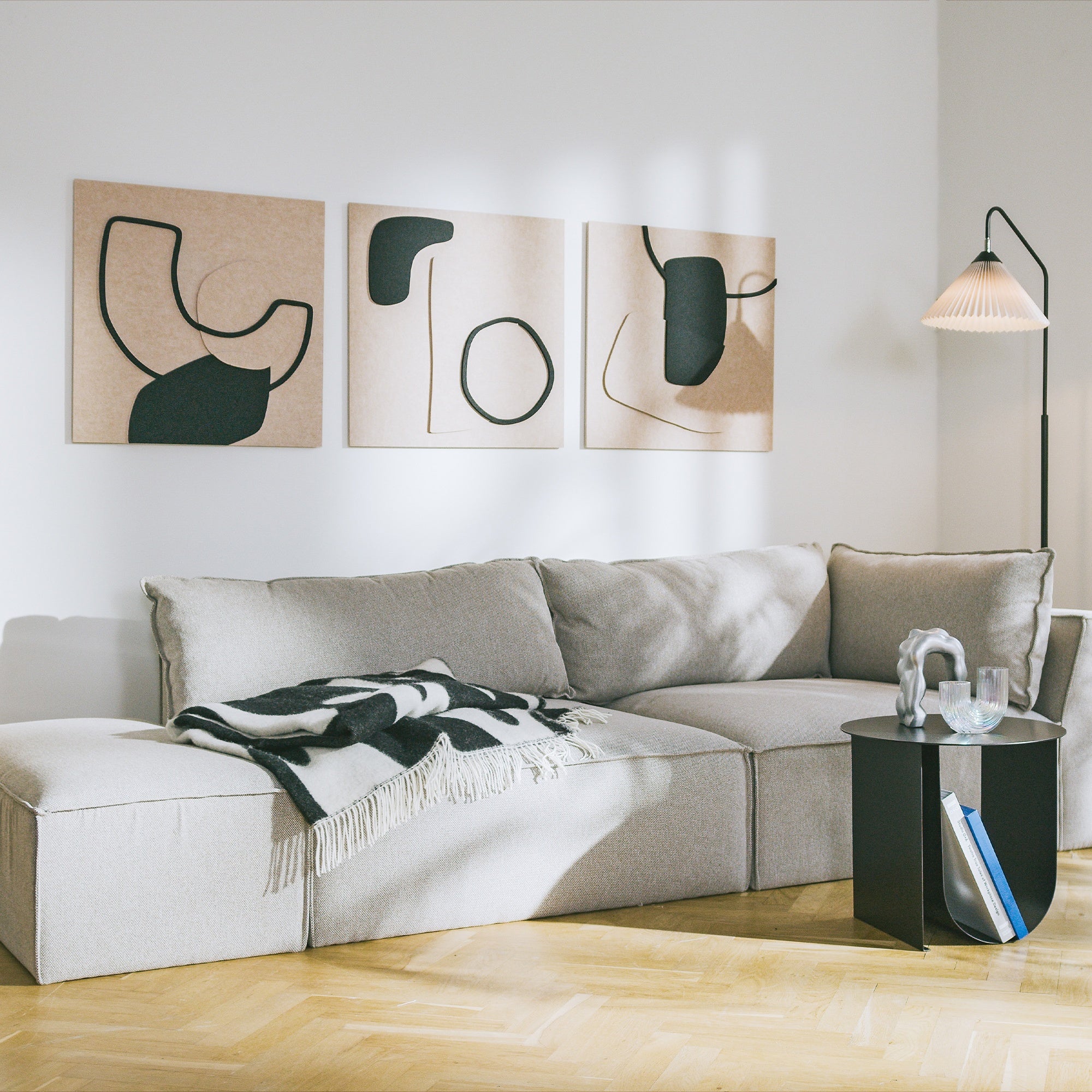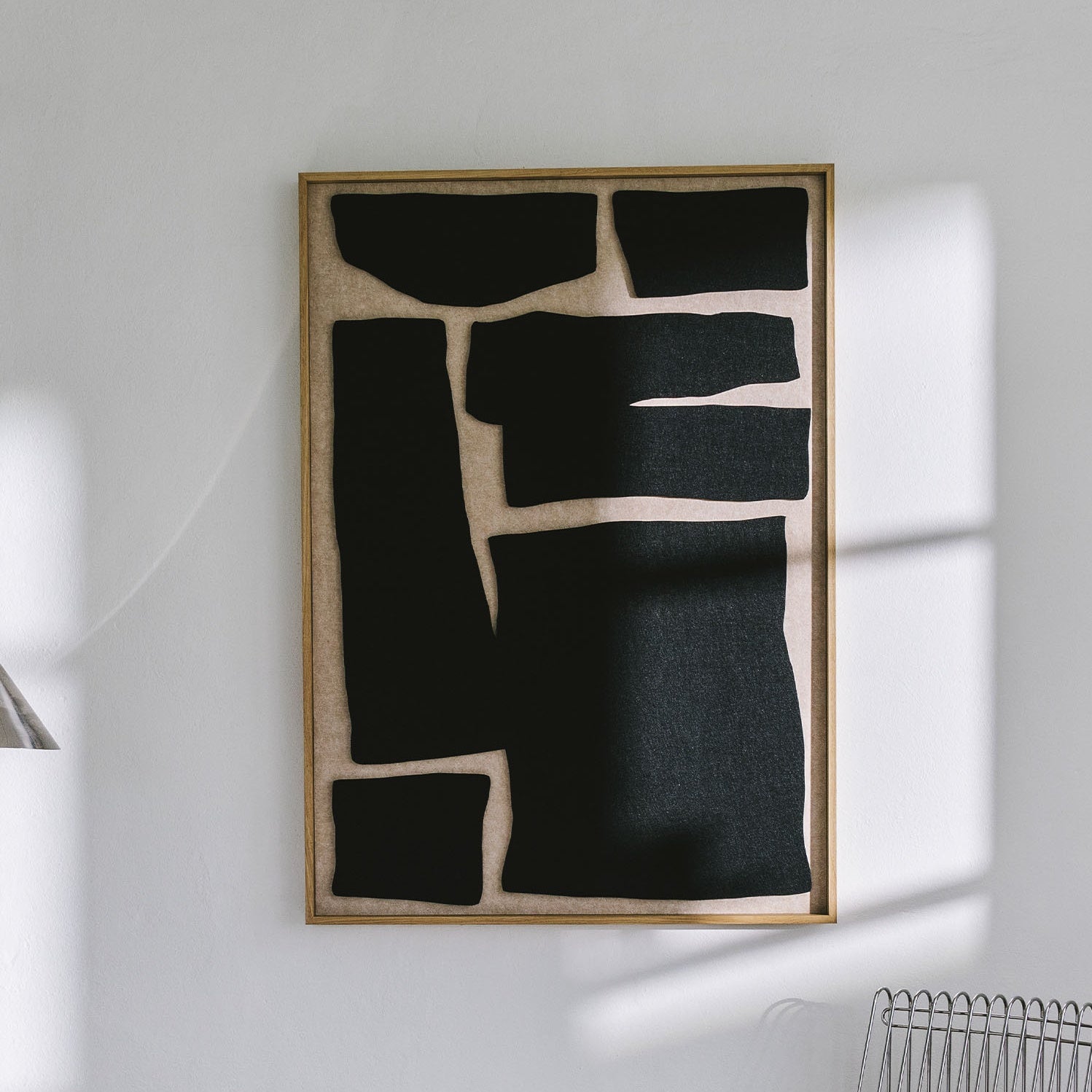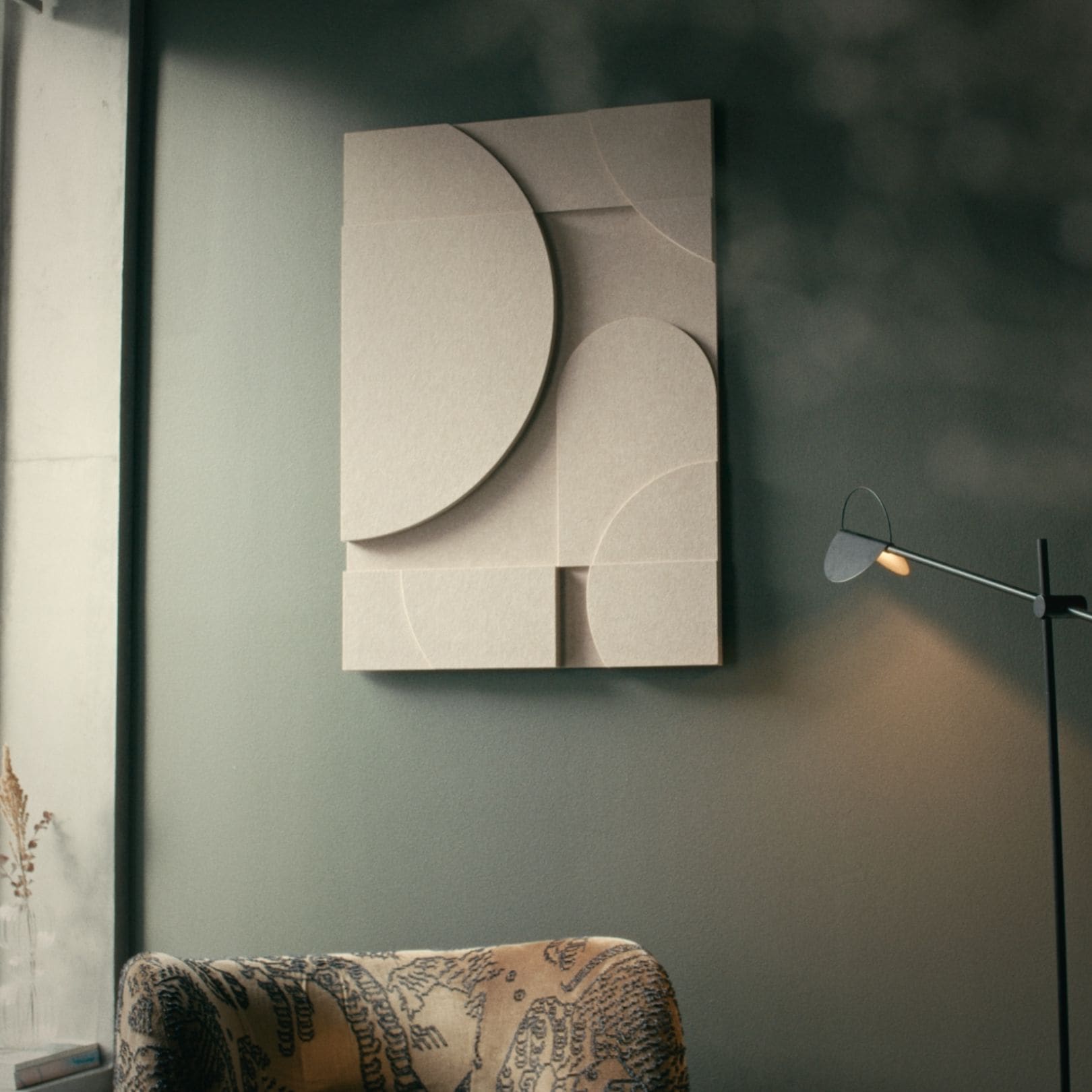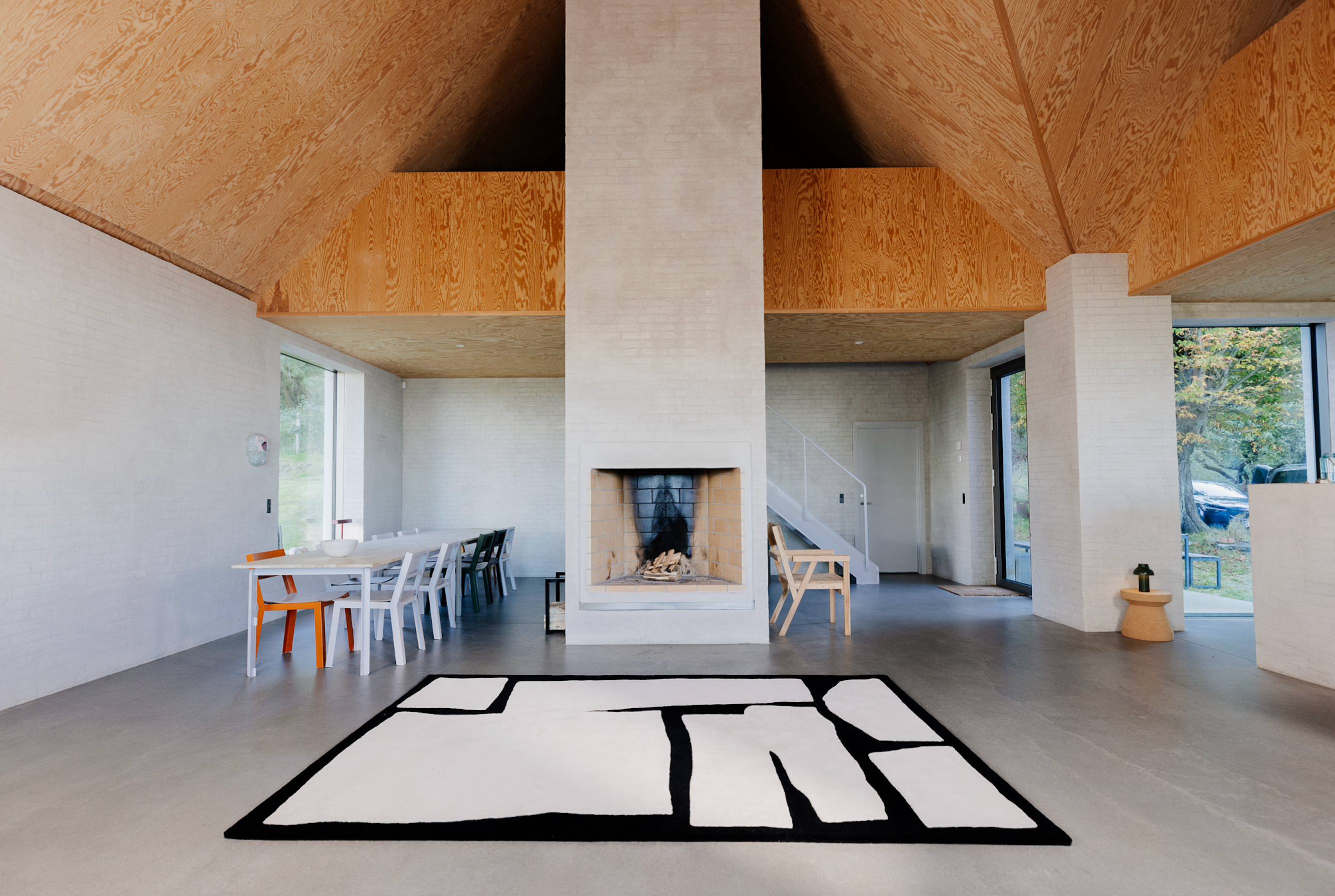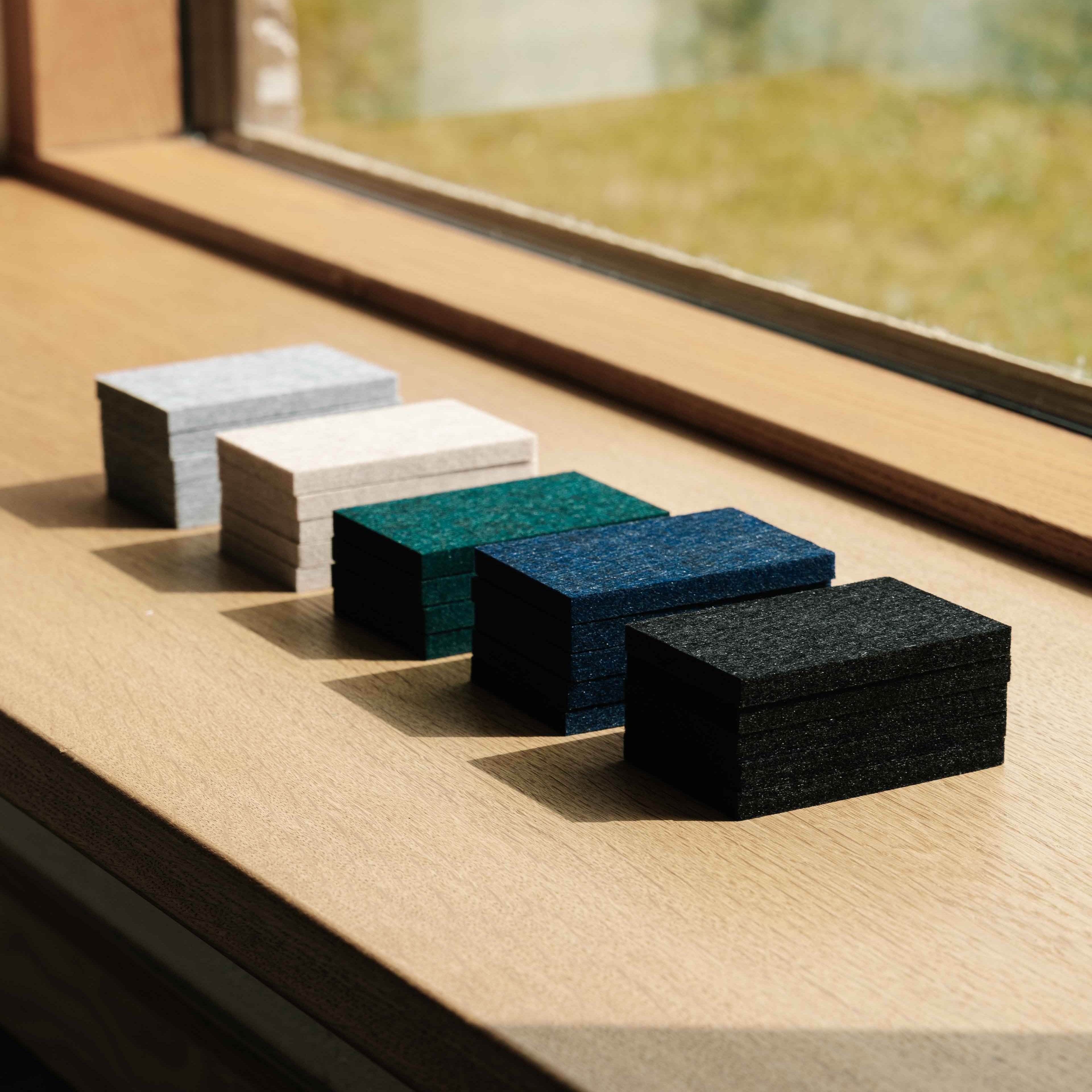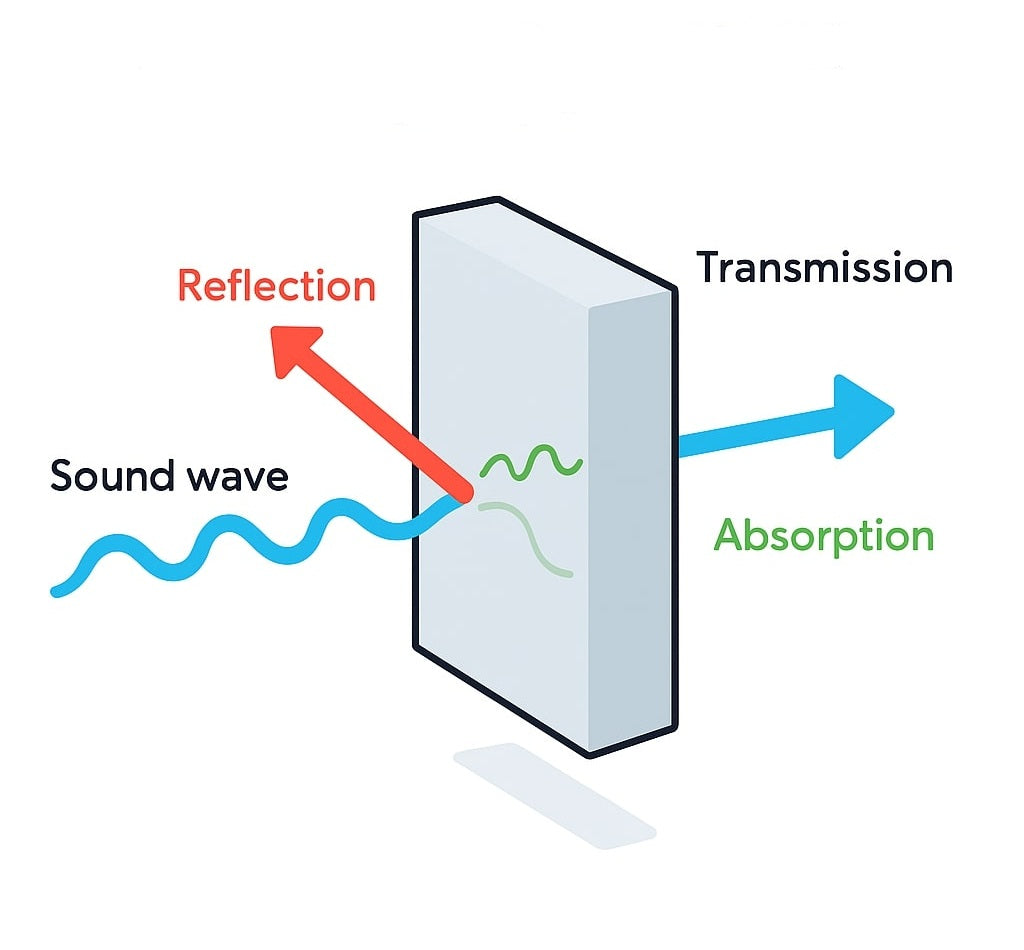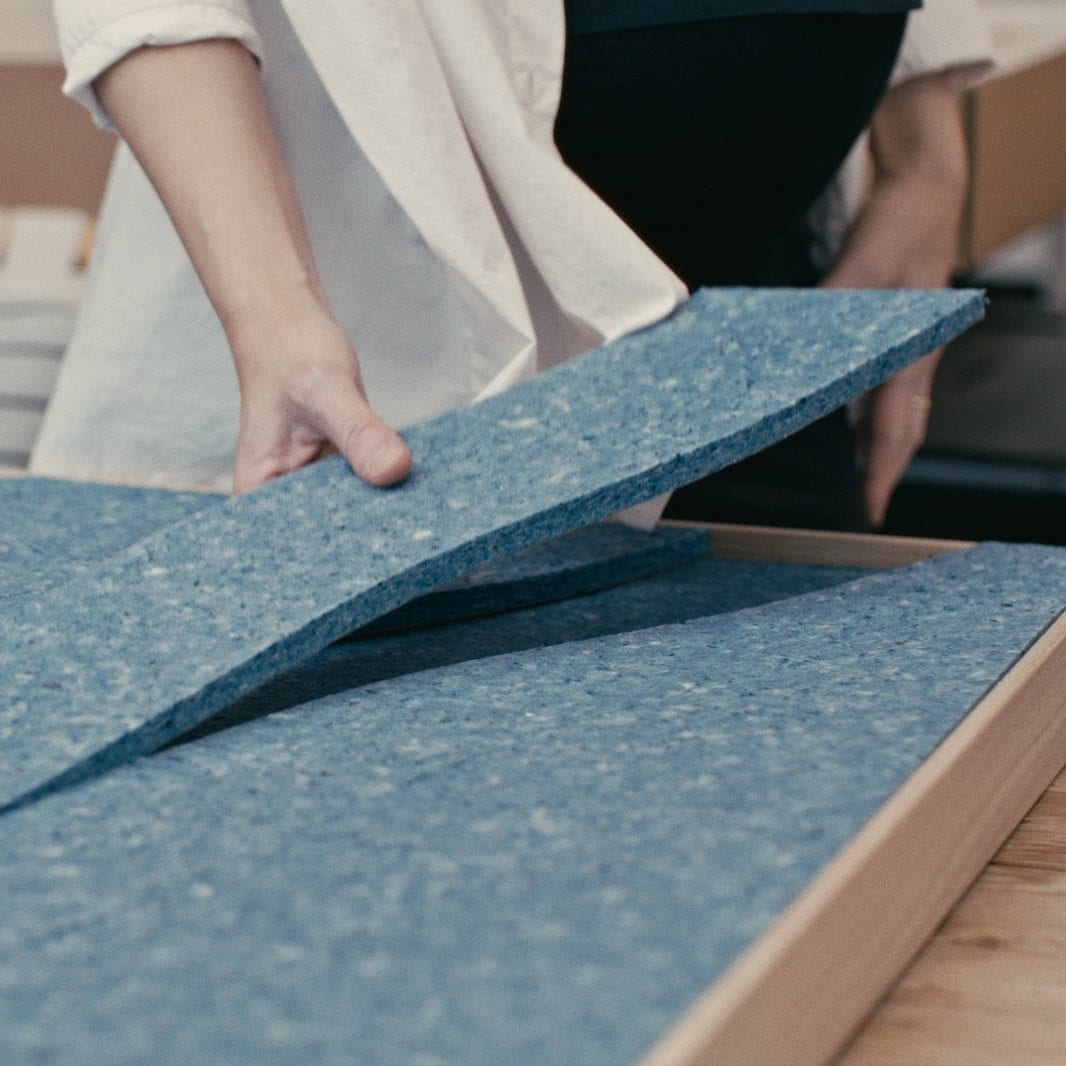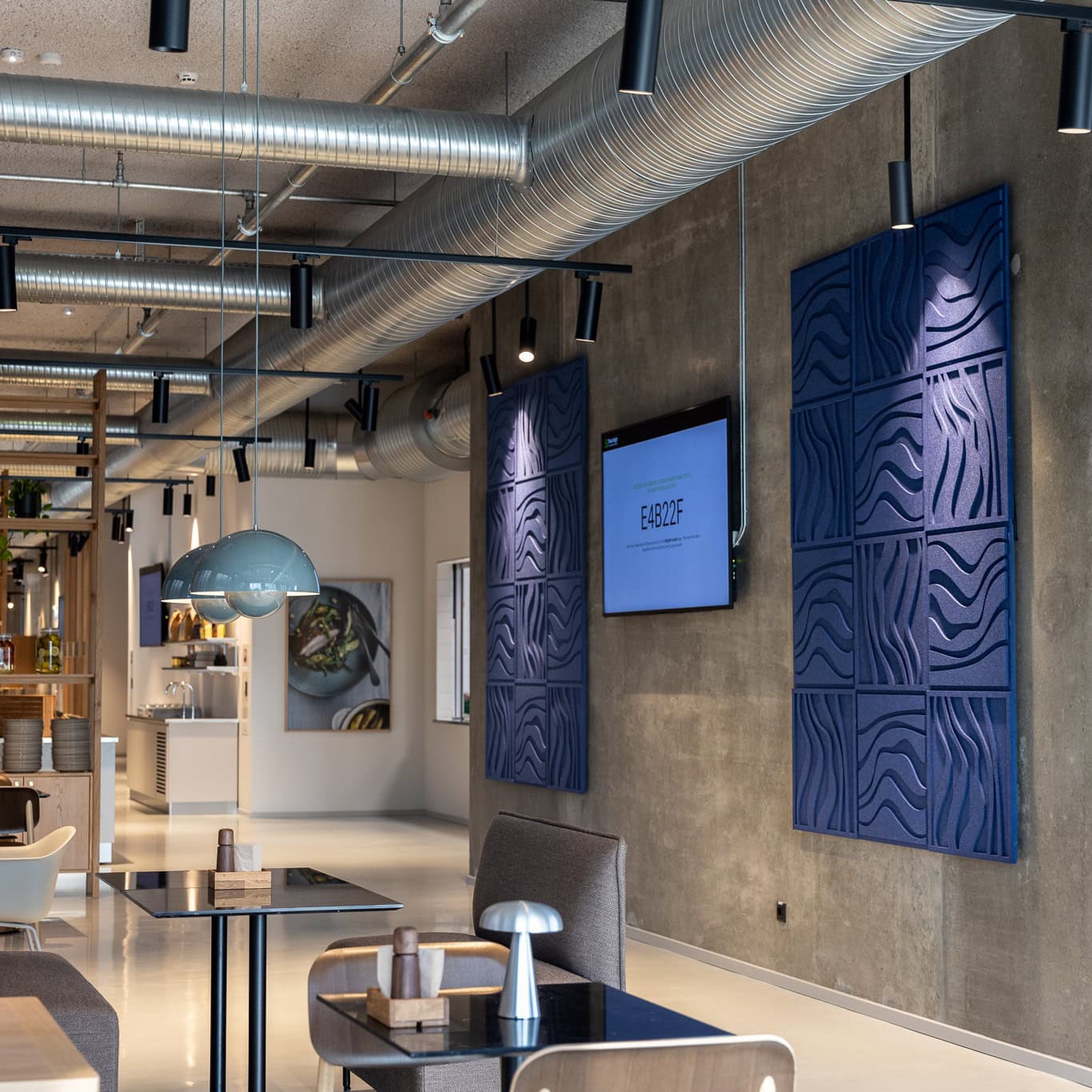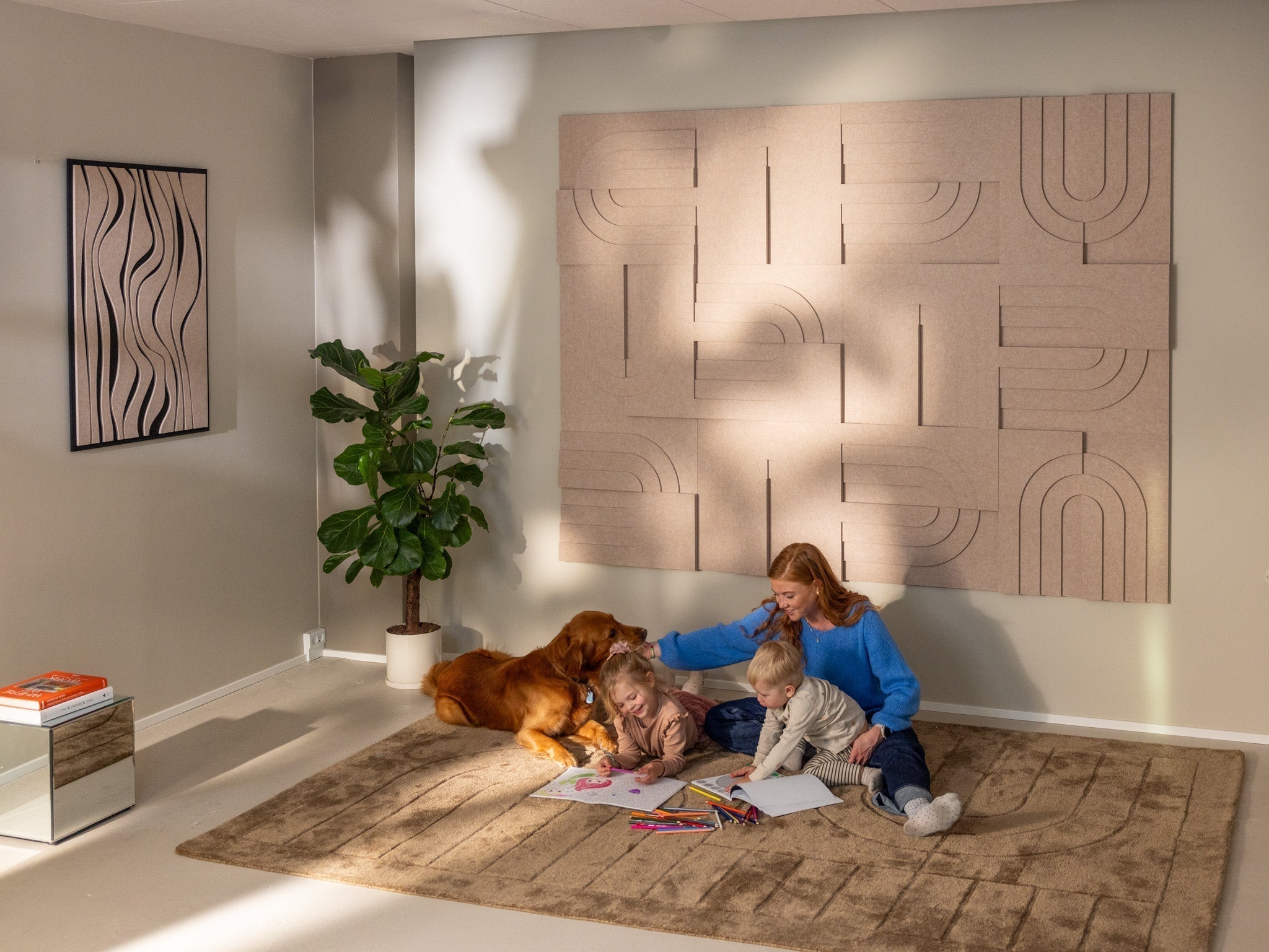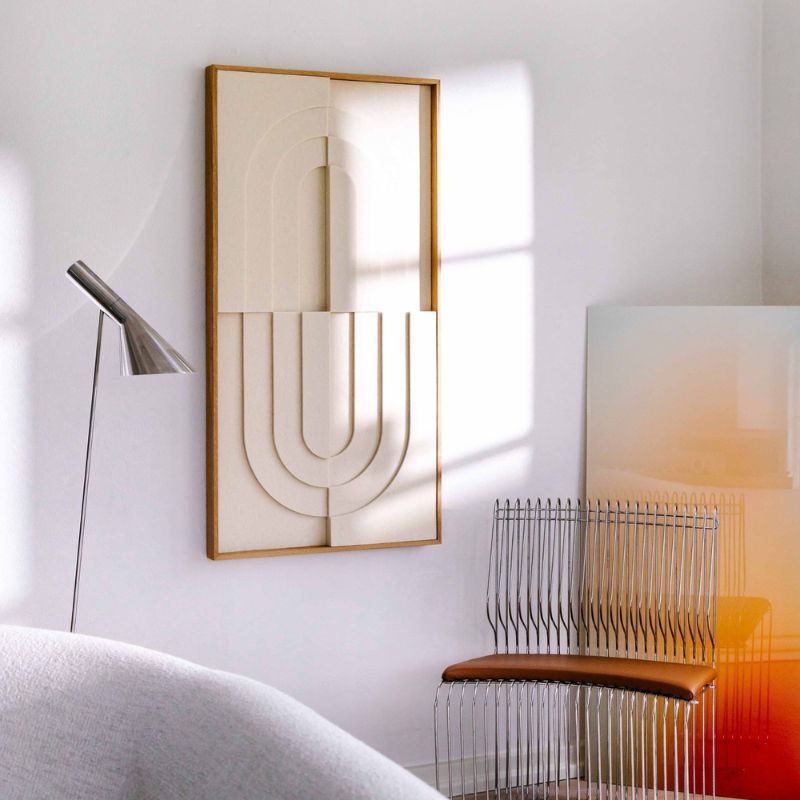
Artistic acoustic panels for home or office
In a world filled with noise and distractions, we often seek ways to create harmony and tranquility in our surroundings. Acoustic panels are an innovative solution that not only adds aesthetic appeal to your walls but also improves the sound environment in the room. Let's delve into what acoustic panels are and how they can transform your home or office.
What are acoustic panels?
Acoustic panels, also known as acoustic art panels, constitute a fusion of function and aesthetics in room décor. These panels are not merely traditional artworks but rather multifunctional elements serving the purpose of enhancing the sound environment in a given space. Constructed with advanced sound-absorbing materials, they effectively reduce reverberation and diminish unwanted noise.
One of the unique features of acoustic panels is their ability to integrate artistic design with practical functionality. While adding an aesthetic dimension to the room, they also help create a more comfortable acoustic environment. This makes them ideal for use in a wide range of indoor settings, including homes, offices, bathrooms, studios, and bedrooms.
In addition to their sound-absorbing properties, acoustic panels can be customized to individual preferences and the specific needs of the room. They come in various sizes, shapes, colors, and designs, allowing for a personalized approach to sound design. Therefore, acoustic panels are not just a functional sound element but also an artistic statement that can enrich any interior decor.
How much do acoustic panels help?
The effectiveness of acoustic panels depends on several factors, including the size of the room, the type of material used, and the number of panels. Generally, acoustic panels can significantly reduce reverberation and improve the sound environment in a room. By absorbing sound reflections, these panels lower the noise level, resulting in a more comfortable and productive environment.
Studies have shown that properly placed acoustic panels can substantially reduce reverberation time, making it easier to hear and understand conversations and reducing stress levels for those occupying the space. By minimizing unwanted noise, acoustic panels also contribute to enhancing concentration and increasing productivity.
It is important to note that the effectiveness of acoustic panels may vary depending on the size and shape of the room, as well as what other sound-absorbing measures have been taken. However, overall, a noticeable improvement in the sound environment can be expected when using acoustic panels, making them a valuable addition to any home or office.
Merge of art and function
One of the most appealing features of acoustic panels is their ability to combine art and function. These panels come in a plethora of designs, colors, and patterns, allowing you to choose what best suits your interior style. From abstract patterns to nature-inspired motifs, acoustic panels offer a unique opportunity to add personality and character to any space.
Improved sound environment
In addition to their aesthetic appeal, acoustic panels also serve a practical function by improving the sound environment. By absorbing sound reflections and reducing reverberation, these panels help create a more comfortable and quiet space. This is particularly valuable in office environments, home theaters, studios, and other spaces where sound quality is important.
Use in various environments
Acoustic panels are versatile and can be used in a wide range of environments. In homes, they can be installed in living rooms, bedrooms, home offices, or entertainment rooms to create a more comfortable sound environment. In offices, they can be used in meeting rooms, reception areas, or open workspaces to reduce noise and improve concentration.
Acoustic Panels Made from the Royal Guards' Uniforms
Our collaboration with the Royal Guards and the renowned Danish artist duo Hvass&Hannibal brings together art, sustainability, and cultural heritage in unique acoustic artworks created from historical uniforms. These Limited Edition acoustic panels not only constitute an aesthetic expression but also pay homage to the past and a commitment to a sustainable future.
Sound-absorbing effect
Acoustic panels play a crucial role in creating a comfortable sound environment, and our acoustic artworks are no exception. With an average Noise Reduction Coefficient (NRC) of 0.35, our artworks offer a significant reduction in sound, improving the acoustics in any room. Our collaboration with Kvadrat Really has made it possible to create high-quality acoustic panels that not only deliver better sound but also beautiful artworks for homes and workplaces.
The Royal Guards' Uniforms
The acoustic artworks are made from recycled uniforms from the Royal Guards, which have a rich history and cultural significance. Through a careful process, we have transformed these uniforms into raw acoustic panels using Kvadrat Really's Textile Felt, which consists of 70% wool from the uniforms and 30% thermoplastic binder. Each panel contains unique elements from the uniforms, such as the distinctive light blue colors from the pants and the deep blue colors from the jacket, along with red details from stitching and genuine silver from the shoulder patches.
Art and function united
Our acoustic artworks are not just artistic statements but also functional elements that improve the sound environment. Each artwork is carefully framed in solid oak and serves as effective sound-absorbing panels. The tactile structure and sculptural appearance of the various layers of recycled wool create a unique experience and contribute to a comfortable and enriching space.
A sustainable approach
By utilizing upcycled materials and collaborating with Kvadrat Really, we prioritize a sustainable approach to design. Our acoustic artworks are not only an investment in a better sound environment but also a commitment to creating a positive impact on our environment and cultural heritage.
Create harmony with acoustic panels at Arturel
Acoustic panels are not just artworks – they are a fusion of aesthetics and function that transform your spaces into havens of peace and productivity. By integrating advanced sound-absorbing technology with beautiful design, these panels allow you to create a sound environment that is both comfortable and inspiring. From homes to offices to public spaces, acoustic panels are an investment in your comfort, concentration, and well-being.
Explore our collection today and be inspired to create harmony in your surroundings. If you have any questions, feel free to contact us, and if you are a company looking for a good acoustic solution, you can contact us here.


